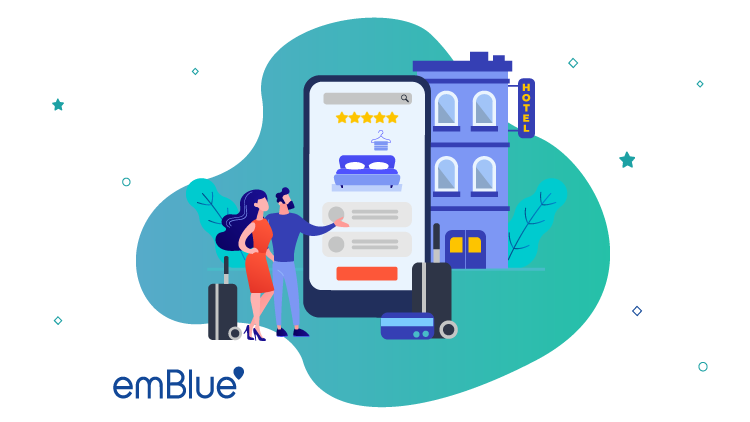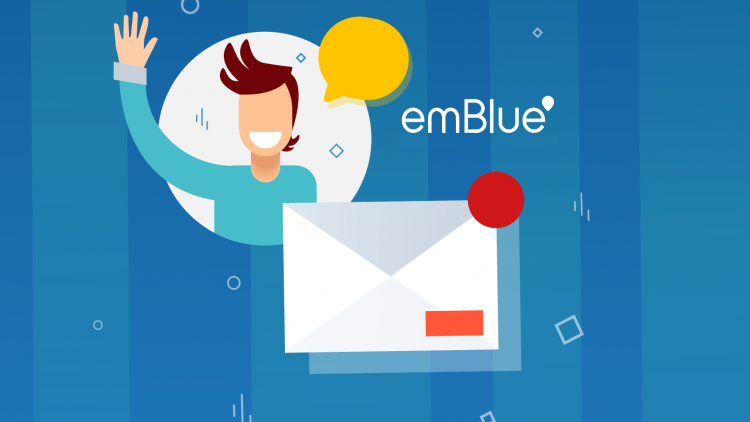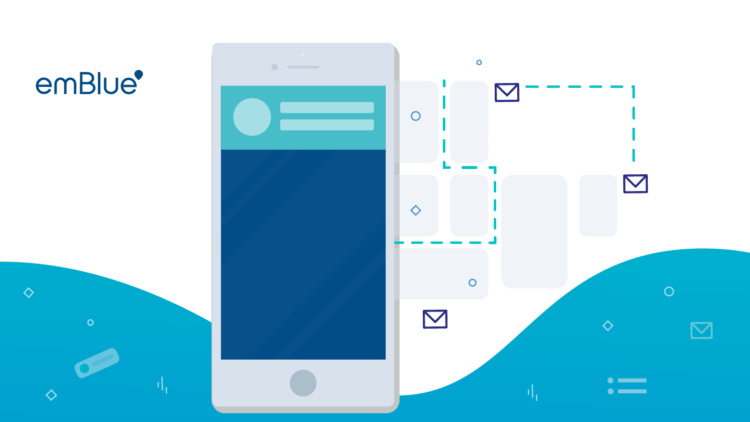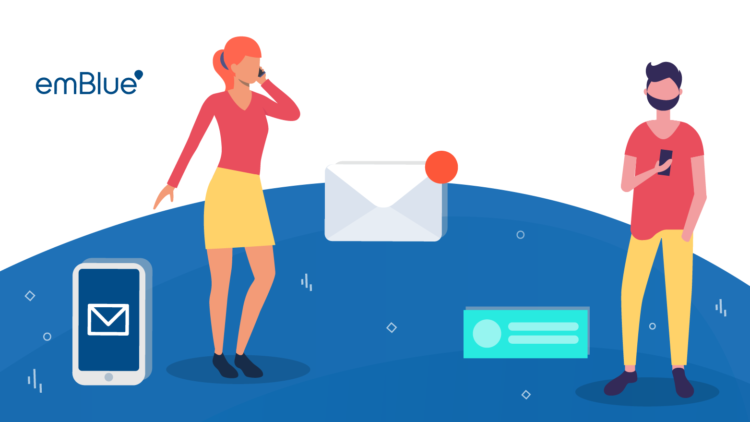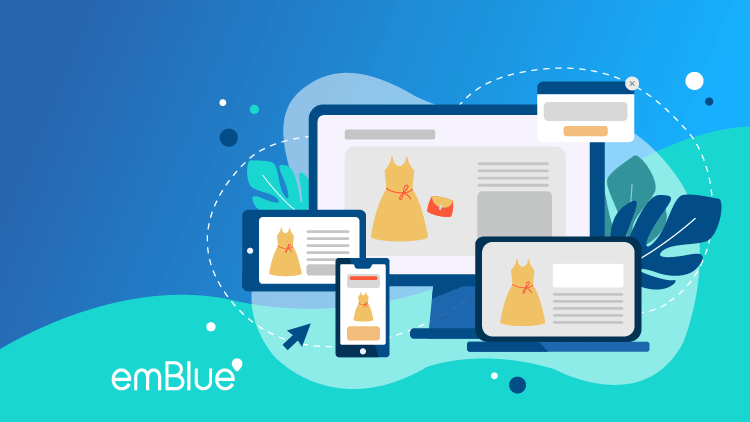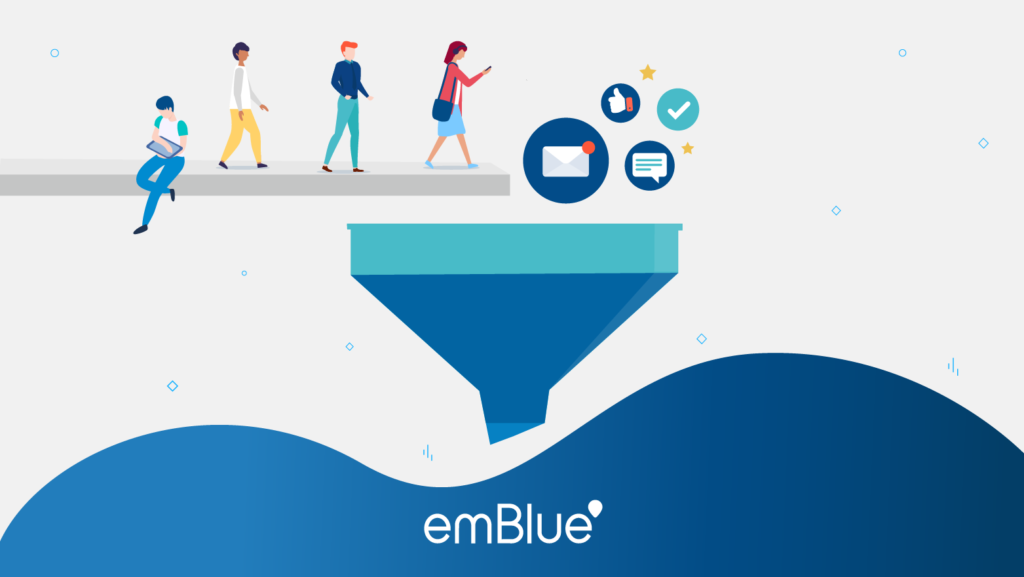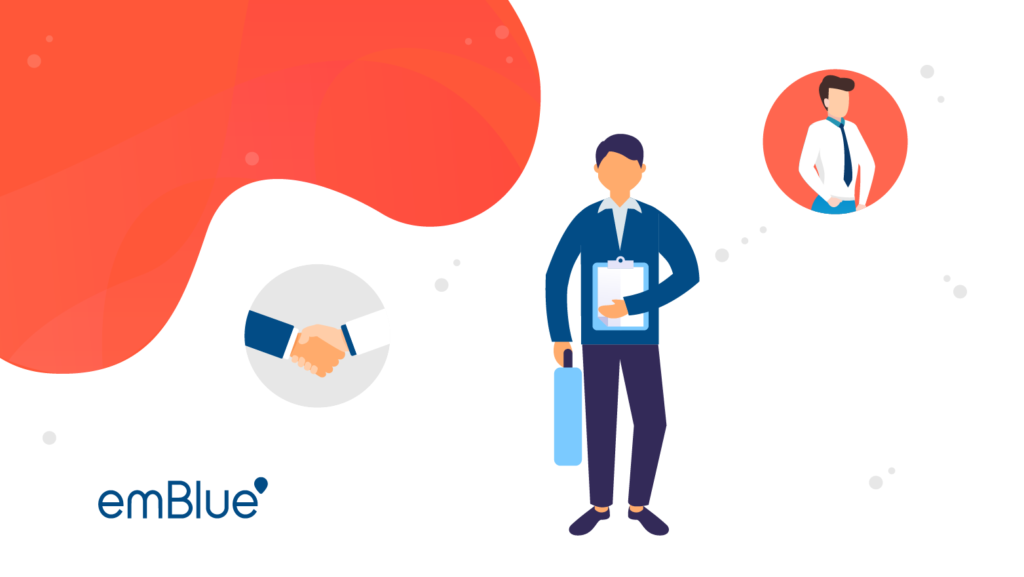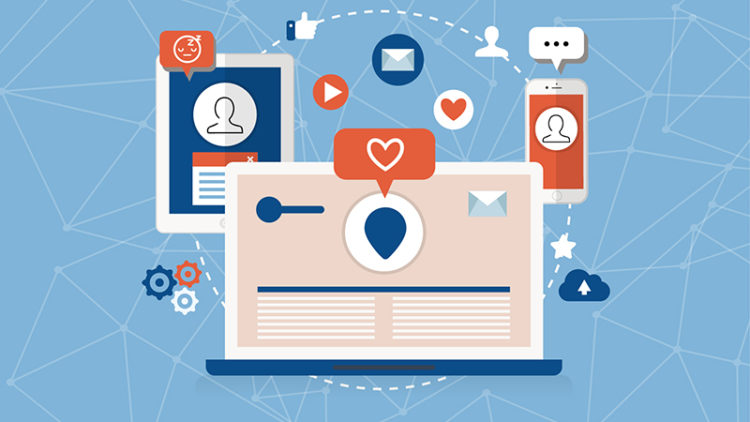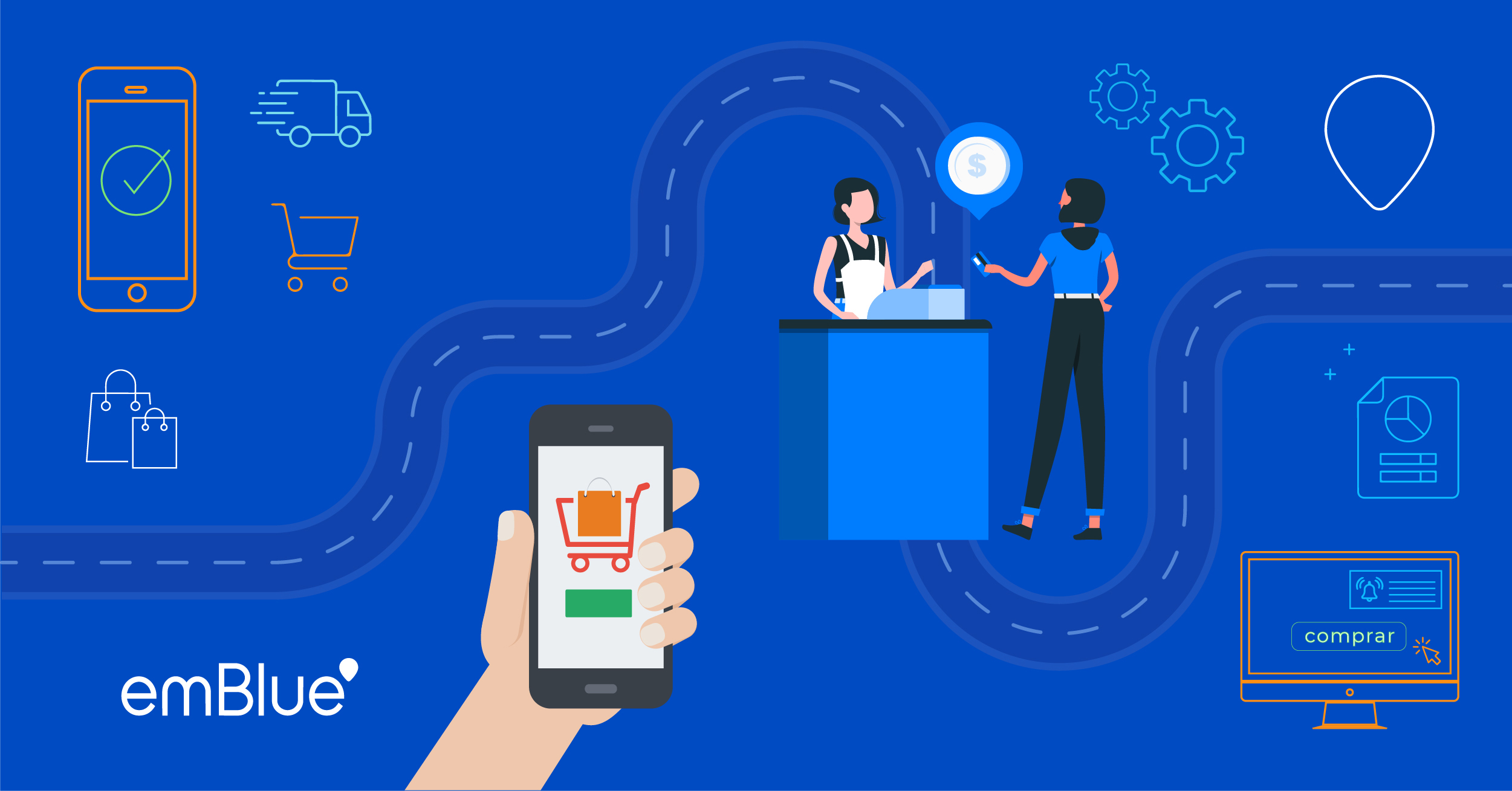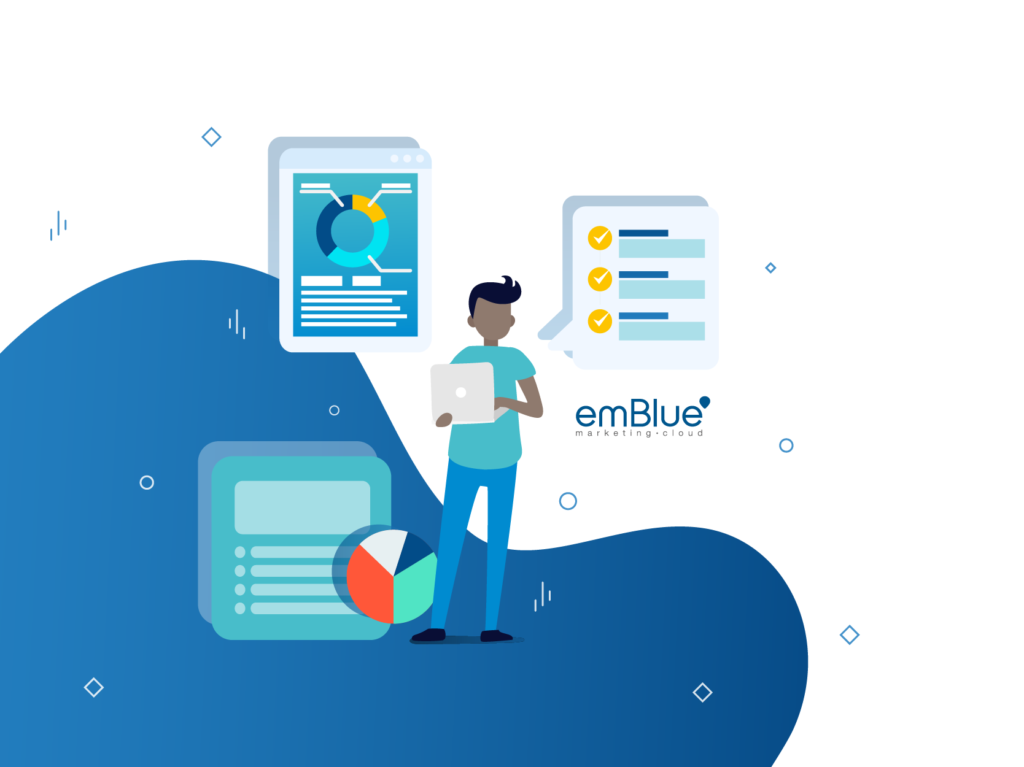It’s a fact: Marketing Automation is the trend of the moment. However, we know that many businesses have not yet considered it within their strategy. Reasons for not doing so include lack of knowledge and mistaken belief that it is too complex to implement. Today we are going to tell you what are the main reasons to take it into account.
It’s natural to feel out of our element when we first come across a new concept. If you are just learning about the existence of the Marketing Automation You may feel some uncertainty. You may wonder what it is and above all, why it is relevant to your business. That is precisely what we are here for. We will solve these doubts below.
What is Marketing Automation?
75% of all companies in the world already use some type of marketing automation. This tells us that businesses are responding to the trend. From this we could also infer that there are plenty of reasons to incorporate this kind of tool in any company.
But let’s not get ahead of ourselves. ✋ First things first: What is Marketing Automation? In general terms, it is the use of a tool that allows automating various activities related to the marketing of a business and interactions with its users.
If we expand the concept, we can also say that Marketing Automation is software and other technologies that help brands to:
- Collect user data.
- Optimize interactions with leads and customers.
- Strengthen the omnichannel strategy thanks to the integration with different contact channels such as email, website, SMS, WhatsApp, social networks, chats, among others.
- Classify leads through lead scoring.
- Segment potential customers to nurture them through relevant content.
- Accompany users with content linked to their interests.
- Guide them until they become clients and, finally, promoters of the brand.
Marketing automation is then a methodology that uses technology to help companies automate all or most of the processes of their strategy. Among them, we have already mentioned the collection of user data, segmentation, automation of communication flows or workflows, lead nurturing and campaign management, among others.
The purpose of Marketing Automation, as you can see, is to accompany and guide leads during the Customer Journey. That is, lead them on the journey they take through the experience of linking with the brand until they achieve the desired conversion.
Marketing Automation: 10 reasons to incorporate it into your strategy
Times change, technology advances. In various sectors there are specific software designed to streamline procedures and improve day-to-day activity. For example, digital accounting systems, management platforms or human resources software. But, in marketing, until a few years ago, there was no comprehensive and at the same time specific solution to streamline processes and improve day-to-day tasks in the area. There wasn’t, until automation came to marketing.
There are many reasons to adopt this methodology within a business. Regardless of its size, all companies, large or small, need to automate activities within their marketing strategy. For this reason, we will tell you below 10 reasons to incorporate Marketing Automation in your company.
# 1 Deep knowledge of your target audience
Knowing what does not work within your strategy is very valuable for continuous improvement. Only then can you get the results you want in your marketing actions. But the truth is that to get to that point, you first have to know in detail who you are dealing with. That is to say, get to know your audience, leads and customers in depth. How much do you know about them? Do you think you have enough information?
Marketing Automation allows you to gather the data of the users who interact with your brand , recording each of the actions carried out at each stage of its journey. So, you can create a solid profile for each lead , where, in addition to their contact details and demographic information, you can find out how they interact with your business and what their interests are.
# 2 Proper design of the Customer Journey
Without a doubt, the more you know your audience, the better brand experience you can provide. And this naturally translates into a much more suitable Customer Journey design. We could say that it is a personalized tour, tailored to your leads and customers.
Keep in mind that each step that the user takes in this process is known as a microconversion.. This is what brings that prospect closer to the most important conversion: buying a product. Therefore, the transformation of that lead into a customer. To reach this point, it is essential to optimize each part of the journey and Marketing automation can be of great help in this regard.
As we have been saying in this article, automation-based techniques allow us to define interactions in each of the stages of the user’s journey.. This is done through relevant messages that help guide them.
# 3 Better segmentation of your contact base
Many businesses have different products and therefore there are different audiences for each of them. On the other hand, the user’s journey is not always the same, therefore, it is key to make a proper segmentation of the contact base. This implies group them according to their shared criteria : characteristics, interests and consumptions or behaviors.
When making a purchase decision, today’s consumer chooses those brands that reach them with the right message, at the precise moment they need it.. All of this is what marketing automation enables.
# 4 Delivering relevant content for your leads
If you can correctly segment your contact base, you can also personalize your communications. This is deliver relevant content to each group of users. By knowing your audience you can create a unique experience for each user based on their behavior.
This will allow you to generate a link with your potential clients and build medium and long-term relationships. During that time you will be able to educate and nurture those users with relevant content, until they have the necessary maturity to complete the purchase.
# 5 Impact users with messages at the right time
Much of what happens in your marketing strategy is a matter of pace, interacting with users at the right time . When would that be?
If we return to the concept of Customer Journey, we understand that the important thing is to contemplate the total user experience. Therefore, we must consider its entire journey, including key aspects such as: on which channels do you interact, how and when. In this way, you will know when to impact your leads to drive them to conversion.
This is something that you can also achieve with Marketing Automation. Bearing in mind that this methodology allows you to get to know your audience better, design a personalized tour and be there when the user is ready to advance in the purchase process.
# 6 Reach omnichannel
Omnichannel is to provide a consistent and homogeneous experience in all the channels in which your brand is present. The objective of this strategy is engage in effective conversations with your leads and customers , regardless of the channel used or chosen by them.
Currently, you can send communications through different platforms: email marketing , SMS, your own website and social networks, to name a few examples.
But to be present in all these channels and guarantee quality interactions for your audience, it is very important to automate your actions .. This will allow you to increase efficiency and reduce errors.
Marketing Automation helps you maintain the same conversation with your prospects and clients through different channels. Thus, you can accompany him throughout his shopping journey.
# 7 Measure results
KPI, also known as Key Performance Indicator or simply, key indicator, allows to measure the performance of a process linked to a particular objective. Through these indicators you will be able to know more exactly if your strategy is working well or if you need to make some changes.
Precisely, through a Marketing Automation tool you can track and monitor all the actions you carry out with each segment of your contact base. And all this thanks to the metrics that you can use in the process.
# 8 Get better data and make better decisions
“What cannot be measured cannot be improved”, It was the British physicist William Thomson Kelvin who said this phrase. Today, it functions as a fundamental law for many companies around the world. That is what metrics are for, to measure and precisely, to Obtain data that allows you to make better decisions and thus optimize your results .
Thanks to marketing automation, data is now the protagonists. You can know in real time how users behave in relation to your marketing actions and, with this information, improve whatever is necessary.
# 9 Save time and increase efficiency
Knowing what works and what doesn’t with regard to your marketing campaigns helps you avoid taking false steps. This allows you avoid wasting time on actions that do not lead to the desired results. I mean, you can increase the effectiveness of your actions.
In addition, by automating marketing in your business you save many of the repetitive tasks that consume a large part of your time and that of your team. On the other hand, you can also optimize time by getting ahead and scheduling campaigns in advance.
# 10 Coordinated work between marketing and sales
For many businesses the integration between the marketing and sales teams can seem complicated. However, as the user evolves and their consumption habits are transformed, the purchase cycle becomes increasingly complex. Therefore, the coordinated work of both areas is required.
Automation, thanks to its scoring system, allows you to assign potential customers to sales teams. These are users who are ready for conversion, who can be followed up from the sales area to lead them to the purchase.
Examples of Marketing Automation
We already gave you the theory, you can say that you know Marketing Automation. Now let’s move on to the practical examples, to further reinforce the concept. Keep in mind that, as we mentioned before, marketing can be automated throughout the customer lifecycle and across multiple channels. Therefore, this methodology contributes its grain of sand so that your strategy is increasingly omnichannel.
We share two clear examples of marketing automation so that you have greater clarity about this tool.
Marketing Automation – Welcome Sequence
Welcome messages are among the most important automated communications . This is because they capture the most attention from the user , as we already mentioned in this note .. However, it is not reduced to a single email or SMS.
Beyond the “Hello how are you” , what you should understand is that they are the first steps in the user journey. Therefore, you have to guide him to keep moving forward. And nothing like a automated welcome sequence to achieve this.
Suppose the user visits an online store and subscribes to the emailing list, for which, leave your contact information through a form. Then, immediately, the ecommerce sends you a welcome message that arrives directly to your inbox. The matter does not end there. In the following days, the store sends another email offering a 25% discount as a welcome gift.
Best of all, whoever is behind the business didn’t have to sit down and quickly type these messages manually. Imagine doing this with every new lead you generate!
Rather, these communications were already part of a workflow aimed at sending a series of welcome emails to a certain segment of users .
Marketing Automation: abandoned cart
Some insights can be scary, for example, if we talk about online stores, statistics say that on average, 70% of users abandon the shopping cart without completing the transaction. That is not good news, however, in the face of it, there is an alternative: recover some of those transactions through Marketing Automation .
How? Very simple. Once the customer leaves the cart, an email is sent with the details of the transaction that they did not complete. This means that the products you did not buy are listed. In case you do not open the email after one day, you can make a booster send.
These types of flows are used by companies that sell their products through an ecommerce. Remember that from emBlue we offer native integrations with any system that your business uses. For example, VTEX or Magento, among others. Find out more about our integrations .
We believe that you already have a much clearer notion of Marketing Automation. Now you know all the reasons why you should consider it in your strategy. Would you like to know a complete automation tool for your business? Discover emBlue !
Marketing automation FAQ
What is Marketing Automation?
Marketing automation is that digital marketing strategy that seeks to automate responses in the form of messages or actions for each user interaction with a brand.
What is Marketing Automation for?
Mainly, it serves to increase conversions and reduce campaign implementation times. You just have to define what customer action will have a reaction from your brand and make the correct integrations.
️ What are the best Marketing Automation apps?
There are many examples of concrete applications of marketing automation:
- Cross Selling.
- Up Selling.
- Abandoned cart.
- Assigning contacts to groups.
- Send welcome emails
- SMS sending.

